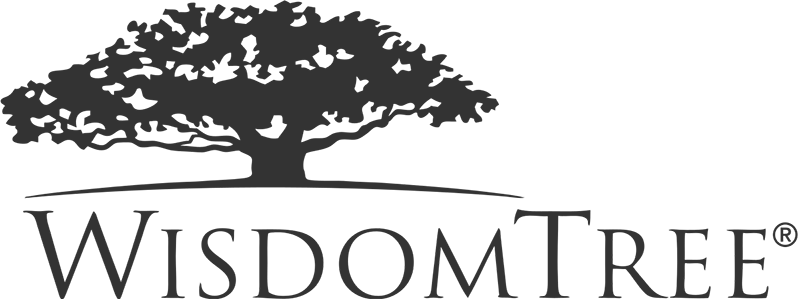This final lesson covers:
- ETF creation and redemption
- How assets move into and out of ETFs
- Technology benefits of ETFs
For trading ETFs, there’s the secondary market and the primary market.
- All investors transact in the secondary market.
- Creations and redemptions take place in the primary market.
No investor can create / redeem on their own. You must be an authorized participant with the fund, which is a special agreement between the fund and the counterparty.
Secondary market trading
Investors trade ETFs on an exchange. They may be transacting with another investor who is selling their shares. At that point the transaction is done. A buyer and seller have been paired off.
However, it is more likely that an investor will be transacting with a “market maker” who is providing liquidity to buy or sell shares of the ETF to end investors.
The market maker will be pricing that ETF based on the fair value of the ETF, which is where they can sell the ETF and buy the underlying basket of securities. That is known as the “arbitrage mechanism”. Conversely, they will be buying ETFs where they can sell the underlying basket.
ETF creation
When market makers have sold more shares than they have, at the end of the day they need to come to the fund in the primary market and create new shares of the ETF. They will deliver that underlying basket that they were buying up all day long as they were selling the ETF, and they will deliver that basket to the fund.
The fund will take in those assets and they will create new ETF shares. They will deliver back those ETF shares to the authorized participant or the market maker to flatten out the short position they had at the end at the end of the day. The market maker has no position. They have delivered the basket and they have flattened out their short position. This is how assets move into the fund and how new shares are created. This is a back-office function that happens once a day at the net asset value of the fund.
ETF redemption
When investors want to sell shares of an ETF, they are generally selling those shares to the market maker. The market maker is buying those shares and they are selling the underlying basket to hedge themselves at the end of the day. When they own more shares of the ETF than they want, they will go to the fund as an “authorized participant” and say, “I would like to redeem these ETF shares.”
When they deliver back those ETF shares, the fund will retire those shares and they will take the pro rata basket of the assets in the fund and deliver that back to the market maker. Those are long basket shares collapsing that short position in the basket that they were hedging themselves with throughout the day. This also helps provide tax efficiency. The beauty of ETFs is they can often avoid capital gains distributions. Generally, that is because the fund can take low cost basis securities and push them out back to the market maker in an in-kind transaction where the fund is not needing to sell securities inside the fund and trigger capital gains events.
Insulation from transaction costs
With Exchange-Traded Funds, market makers are pricing the ETF at fair value and putting a spread around that, which is essentially the cost to transact in the underlying market. 3. With mutual funds, Portfolio Managers go outside the fund and transact in the underlying securities. Transacting in the underlying securities incurs commission costs and those commissions are shared by all investors and reduce the Net Asset Value.
Summary
In this course we covered:
- What is an Exchange-Traded Fund?
- How ETFs differ from mutual funds
- Types of ETFs
- Where you can buy and sell ETFs
- How the basic structure of an ETF works
- Secondary and Primary Market functions, including the creation and redemption of ETFs














Sorry but I’m still a bit confused. What does basket mean here?
Hello, thank you for reaching out. Baskets supports orders for multiple instruments and asset classes. BasketTrader allows you Transmit the basket, pause the basket execution, cancel all outstanding orders in the basket, or cancel all outstanding orders and reverse the action, and more. Please review this IBKR Campus course for more information: https://www.interactivebrokers.com/campus/trading-lessons/tws-baskettrader-create-a-basket/
This could be a great resource for you!